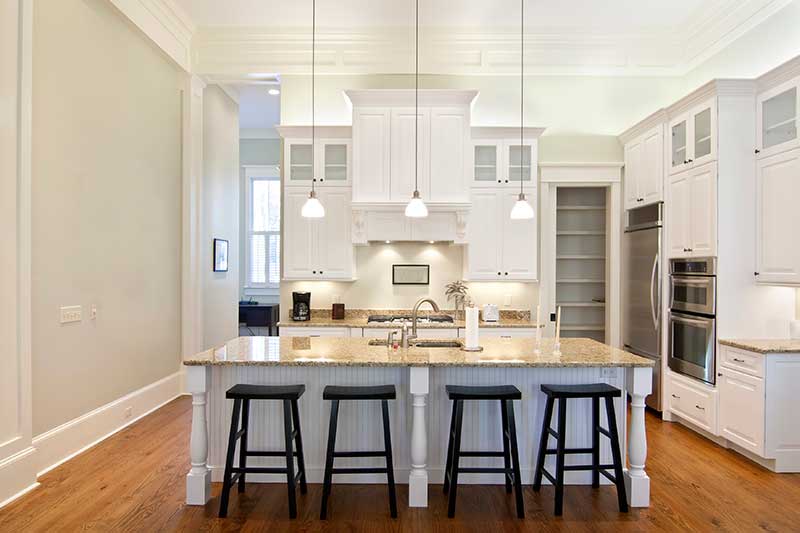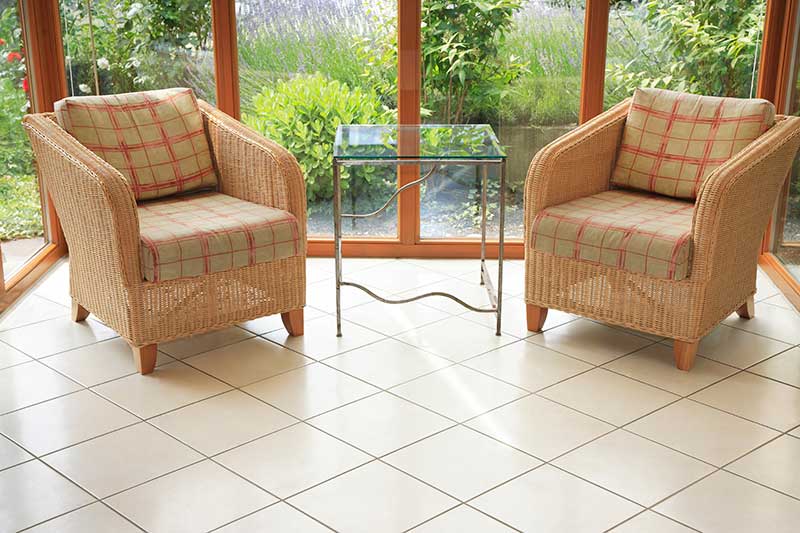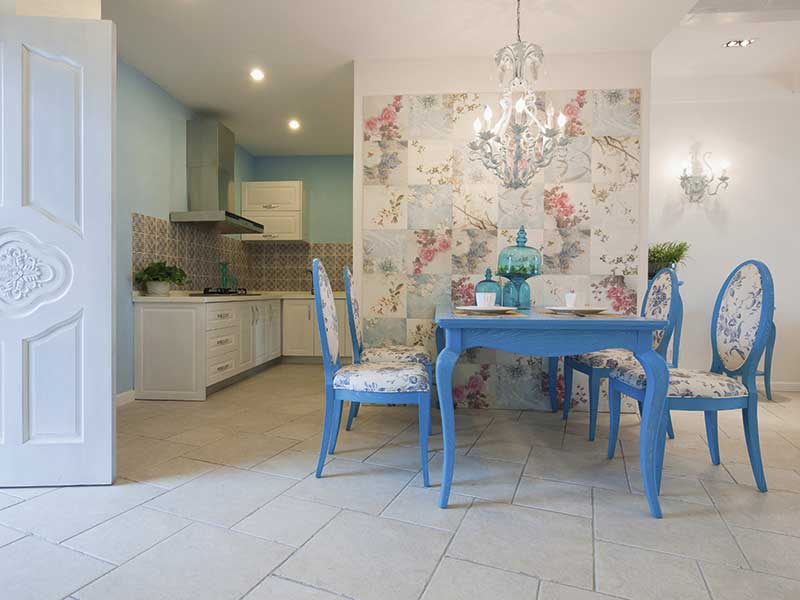If you are renovating your kitchen or planning a renovation soon, you will have a great opportunity to update your heating system. Whether you’re looking to increase the comfort by having warm floors, or seeking a system that provides heat for the entire space and is energy efficient, kitchen underfloor heating offers you unrivalled comfort in a cost-effective manner.
THE SYSTEM AS A PRIMARY HEAT SOURCE
Underfloor heating can, in most cases, be used as the sole source of heat. This is easy to define by having a heat loss calculation done and comparing this to the heat output of floor heating. The key is to look at the maximum heat loss of the room and maximum heat output of the heating system. If the maximum heat output of the floor is greater than the loss, then the heating system will be enough for that area. If the heat output is less than the heat loss then the system is suitable for use as a secondary heat source, increasing the comfort of a tiled kitchen floor for example.
DETERMINING THE HEAT OUTPUT
This will depend on the type of flooring and the floor temperature and the size of the heated area.
Types of flooring & floor temperature
Certain floor finishes have top temperature restrictions which impact the heat output of the floor. Wood, vinyl, laminate and carpet are limited to 27°C whereas tiles or stones can be run at a higher temperature (e.g. 30°C), resulting in a higher heat output for a tiled floor. It is important to note that too thick or insulating flooring, i.e. laminate, wood or carpet will hinder the efficient performance of the system leaving the floor temperature and maximum heat output too low to provide heat.
You should always check with the manufacturer that the flooring is suitable for use with underfloor heating as some wood, especially thicker than 18mm, some underlays and carpets won’t transmit heat and are not suitable for use with an underfloor heating system.
Heated area
Special attention should be paid to rooms with a heated floor area of less than 80% as this may result in a heat output that is not high enough to provide heat. Kitchens with a lot of floor space do not usually fall under this category, but you should still get a heat loss calculation done to ensure the floor heating system will be enough on its own.
Air temperature
The air temperature in the room will also impact the heat output of the floor. This means that if the air temperature is high, the heat output is lower again speaking for having a heat loss calculation done before deciding whether to use kitchen underfloor heating as a sole or secondary source of heat.
BUILDING TYPE AND IMPACT ON HEAT LOSS
A new build house will have a lower heat loss than an older house. Insulation is paramount in preventing heat loss and the more insulation the lower the heat loss of the room. The outdoor temperature impacts heat loss as well and a house in a colder climate will have a higher heat loss than the same house in a warmer climate. Thus, the heat loss figure changes as the outside temperature changes, but using maximum figure, when the outside temperature is lowest, as described throughout this post allows for greatest accuracy in checking whether underfloor heating is enough or whether you need to look at another heat source in space.
Learn more about the system in our Underfloor Heating Buying Guide.




